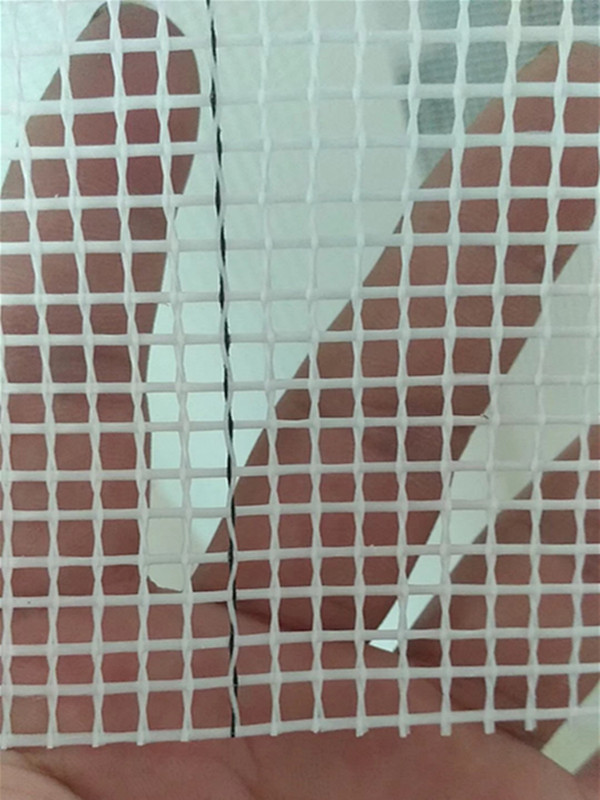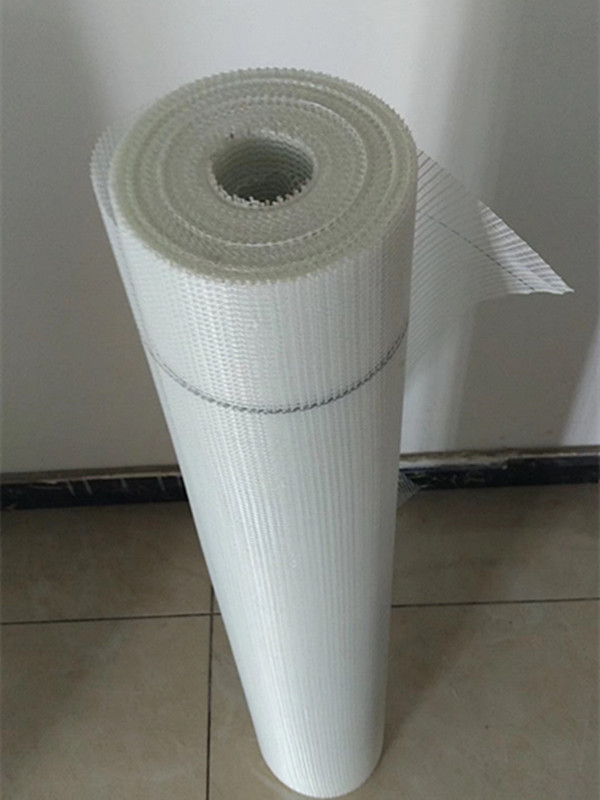Under such a world economy and international trade situation, it is expected that in 2012, the growth rate of China's building materials industry will continue to decline. In the first quarter of 2011, under the combined effects of the slow recovery of the world economy, the strengthening of inflation expectations and the rise in prices of major commodities, international trade continued its rapid growth in the previous year. However, since the second quarter, due to the weak recovery of major economies such as the United States and Europe and the continuous deterioration of the sovereign debt crisis, global trade in goods has slowed significantly. The World Trade Organization (WTO) estimates that the actual growth rate of global trade in goods will be only 5.8% in 2011, and the growth rate of international trade has slowed down noticeably. The "World Economic Situation and Prospects 2012" report released by the United Nations Department of Economic and Social Affairs on December 1 pointed out that due to weak economic growth in developed countries, shrinking orders, sovereign debt crisis in the euro zone, fiscal austerity measures and lack of national policies to deal with the crisis. Affected by factors such as coordination, the world economy will continue to slow down in the next two years, and may even decline again. Under such a world economy and international trade situation, it is expected that in 2012, the growth rate of China's building materials industry will continue to decline. For the whole year of 2011, the export of building materials and non-metallic mineral products is expected to reach US$23.4 billion, up 21% year-on-year, and the growth rate will fall by 6.6 percentage points. In 2012, the export of building materials and non-metallic minerals was expected to reach US$26.4 billion, up by 12.9%, and the growth rate continued to fall by 8.1%. In recent years, China has been seriously damaged by trade protection measures. From January to September 2011, there were 50 cases of trade remedy investigations in China, involving a total amount of US$3 billion. Emerging market countries and large developing countries have significantly increased their trade restrictions against China. China's export products are frequently anti-dumping. The main reasons are as follows: First, in 2011, China's foreign trade focused on “stable growth, structural adjustment, and balanceâ€. Import and export developed steadily and rapidly, trade structure continued to optimize, and foreign trade development became more balanced. New progress has been made in transforming the development of foreign trade. According to customs statistics, from January to November 2011, the total value of China's foreign trade imports and exports was 303.62 billion US dollars, an increase of 23.6% over the same period last year. Among them, exports were 1,724.01 billion US dollars, up 21.1%; imports were 1,585.61 billion US dollars, up 26.4%. The trade surplus was 138.4 billion US dollars, narrowing 18.2%. It is estimated that the total value of imports and exports for the whole year will be about 3.6 trillion US dollars, an increase of more than 20%, and the trade surplus will be about 160 billion US dollars. The Ministry of Commerce pointed out in the "China's Foreign Trade Situation Report (Fall 2011)" that China's foreign trade will continue to grow in 2012, but the growth rate may decline, import growth is expected to continue faster than exports, and trade balance will further improve. The domestic and international environment faced by China's foreign trade in 2012 will be more complicated. From an international perspective, the European sovereign debt crisis has not yet been eradicated, the recovery of major overseas economies is weak, countries' competition for global trade markets has intensified, and protectionism has warmed up. Domestically, China's economic growth will slow down in 2012. It is predicted that the annual GDP growth rate will be 7%-8%. The growth rate of investment in real estate and infrastructure construction may slow down, and the upward pressure on business operating costs is still relatively high. Therefore, it is more important and urgent to promote the steady growth of export of building materials products and maintain the share of overseas markets. 1. It is recommended that the relevant government departments, while maintaining the stability of the foreign trade policy, encourage enterprises to adjust the structure of import and export products, extend the industrial chain, and accelerate the transformation of foreign trade development mode by partially adjusting the import and export tariff rate and export tax rebate rate; At the same time, we will focus on expanding imports, especially the expansion of imports of raw materials and resource products, and effectively exerting the positive effects of imports on the adjustment of the industrial structure of the manufacturing industry. 2. It is recommended that trade associations strengthen their ties with relevant foreign institutions and business associations, build a comprehensive foreign cooperation and trade platform for enterprises, promote the diversification of building materials export markets, strengthen industry self-discipline, coordinate export prices and markets, and establish anti-dumping early warning mechanisms. Actively and evade and deal with trade frictions; guide enterprises to make full use of preferential policies of the International Free Trade Zone and vigorously develop regional import and export trade and investment. 3. It is recommended that enterprises actively adjust the structure of import and export products, market structure and regional structure, accelerate the transformation of foreign trade development methods; improve the quality and added value of products, cultivate independent brands, strengthen product development and innovation capacity building, and enhance core competitiveness; Opportunities, actively and steadily carry out cross-border mergers and acquisitions and overseas investment, carry out global strategic layout, implement international operations, and establish multinational corporations in China. There are a large number of enterprises, insufficient management and coordination in the industry, disordered export order, and enterprises to suppress price exports. Second, discriminatory anti-dumping policy. Today, China’s market economy construction has achieved substantial achievements, many countries still do not recognize China as a market economy country. The cost of China's export products is determined by the so-called "substitute country" or "analog country" system; the third is that domestic enterprises are not active in responding to anti-dumping cases or fail to respond. During the three years from 2009 to 2011, a total of 28 foreign trade investigations were initiated on China's building materials products, including 4 new anti-dumping investigations in 2011. In 2011, the progress and results of anti-dumping cases involving building materials products are shown in Table 3. Increasingly frequent anti-dumping has made it difficult for building materials companies to export. In the first three quarters of 2011, the export volume of glass fiber and products increased by only 0.13% year-on-year, and the growth rate dropped by 36%. This is rare in recent years, and the export volume to India has decreased by 13% year-on-year. The volume decreased by 34% year-on-year. In the process of responding to the anti-dumping case of building materials products, building materials enterprises and industry associations have gradually accumulated experience and achieved certain results. The typical example is Turkey’s successful response to the anti-dumping case against Chinese fiberglass products. On January 22, 2010, the Turkish Foreign Trade Agency filed an anti-dumping investigation against glass fiber products originating in China, involving China's export value of about 35 million US dollars. China Building Materials Federation and China Fiberglass Industry Association organized glass fiber enterprises to respond, and hired UBS Law Firm and Turkey ACT Law Firm as harmless defense lawyers to conduct industry-free defense. On July 21, 2010, the Turkish Foreign Trade Agency made a preliminary ruling, claiming that China's fiberglass products constituted dumping and decided to impose a 38% temporary anti-dumping duty on the above products. At the end of 2010, China Building Materials Federation, China Fiberglass Industry Association and the Fair Trade Bureau of the Ministry of Commerce organized representatives of three major fiberglass enterprises (Jushi Group, Taishan Fiberglass, Chongqing International) and lawyers to go to Turkey to combat anti-dumping with Turkish applicants and Turkey. The Bureau of Investigation conducted a dialogue on the fiberglass industry and exchanged and negotiated on price commitments, sales channels and trade cooperation. With the joint efforts of the Ministry of Commerce, the Federation and enterprises, on January 25, 2011, the Turkish Foreign Trade Agency announced the final investigation conclusions on the anti-dumping case against China's glass fiber products, and decided to reduce the Chongqing Composite Materials International from December 31. The company imposes a tariff of 20.2% and imposes a tariff of 23.75% on other Chinese companies. In the face of increasingly frequent foreign anti-dumping, relevant government departments, industry associations and enterprises should strengthen division of labor and cooperation and actively respond. From the perspective of the association, an anti-dumping early warning system should be established to grasp the anti-dumping dynamics in foreign countries; strengthen industry self-discipline, coordinate export prices and markets, avoid vicious competition among enterprises, and fundamentally avoid or reduce the chances of being sued; Organize the enterprise or represent the industry to respond. With the deepening of the globalization process, the implementation of the “going out†strategy is of great significance to China’s transfer of excess production capacity, adjustment of industrial structure and breakthrough of trade barriers. At present, it is the time for Chinese companies to “go globalâ€. The developed countries in Europe and the United States have experienced economic recession, the market is sluggish, and many enterprises have difficulties in operating. The appreciation of the renminbi has brought about increased purchasing power, which has provided opportunities for Chinese companies to acquire overseas assets. Through overseas investment, Chinese companies can also avoid trade frictions and expand the international market. During the “Eleventh Five-Year Plan†period, China's large-scale building materials enterprise group has grown rapidly, possessing certain technical reserves and international vision, and its management capability and innovation capability have been improved. It has established its own brand awareness in the international market for “going outâ€. " laid a certain foundation. Some powerful building materials companies seized the opportunity to go abroad and invest in building factories abroad. See Table 4 for details. At the beginning of 2011, the EU, Turkey and India imposed anti-dumping duties on China's fiberglass products. In this context, Jushi Group launched the construction of the Egyptian fiberglass production line project to accelerate the global industrial layout and evade international trade protectionism. Chongqing Fiberglass has mastered a large number of overseas market information by relying on the hard work of overseas markets for many years, and acquired the glass fiber enterprise of Brazil Owens in one fell swoop, and realized another form of “going out†strategy.
Fiberglass Mesh
Fiberglass mesh is made by soaking and coating with macromolecular alkali-resistant latex on the basis of C-fiberglass and E-fiberglass. The color of fiberglass mesh is white, black, organge, blue, yellow or as per customer's needs. And the fiberglass mesh's package can also as per customer's requirement to finish. The fiberglass mesh be widely used on : wall reinforcement, reinforced cement products, waterproofing favrics, the roof waterproof, enhance the skeleton of plastic and rubber, fire prevention board, highway parements, joint tapes of buildings.
The advantages of fiberglass mesh:
high strongth
good alkali resistance
prevent cracks and deformations
easy to be constructed
more durable


Fiberglass Mesh
Fiberglass Mesh,Fiberglass Mesh Screen,Woven Fiberglass Mesh,Fiberglass Mesh Tape
ANPING COUNTY SHANGCHEN WIREMESH PRODUCTS CO.,LTD , http://www.scwiremesh.com

